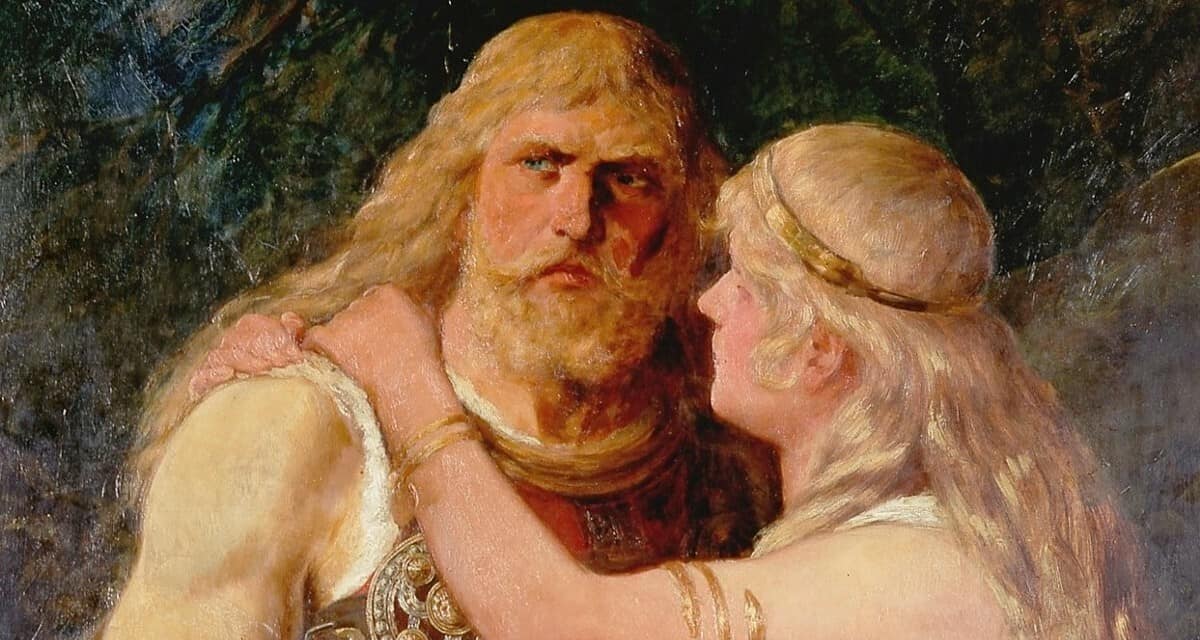So you’ve plundered and pillaged through every village in your Anglo-Saxon territory, and you still haven’t found “the one.” What do you do now? You have all the glory from your sweet victories and raiding various villages, but you come home and find your straw/animal skin bed is cold and empty at night. What kind of life is that for a victor? If you’ve found yourself feeling like your impressive lamellar has lacked the shine it used to have, it may be time to make some life changes and find your soulmate. But somebody so focused on conquering the lands might not know the first thing about love.
Sure, you’re confident in your hand-to-hand combat skills, but what about some heart-to-heart with the ladies? Well here are some good old-fashioned Viking dating tips that have gotten other brave warriors the partner of their dreams. Don’t be too worried. After all, you know what they say: Love is a battlefield. So this shouldn’t be too foreign for a Viking romantic. Additionally, if you’re a Viking, you probably don’t fit the stereotype of being a brute warrior at all. You probably care about family, stability, and would have arranged marriages set up by your parents.

Finding Love in a Viking World
First things first. We need to really look around at the Viking world and culture we’re trying to navigate in. So it’s important to look at where you strong Viking people come from. Understanding yourself is the only way to understanding love. Even the name “Viking” is hotly debated among scholars. If we look at the etymology of víking or víkingr, we see that in runic inscriptions and skaldic verse it had a pretty solid meaning. A víkingr was someone who went on expeditions, usually abroad, usually by sea, and usually in a group with other víkingar. But this can only be a confirmed definition starting around 750 AD. History confirms that around 800 to the 11th century, a group of Scandinavians left their homelands to seek their fortunes elsewhere. But the understanding of what a Viking is today can be debated on whether Vikings actually measure up to the title of predatory warrior or if they should be known for their more progressive and constructive side. After all, Vikings started as seafaring peoples who – despite their methods – traded, created settlements, and even had multicultural traditions.
These seafaring warriors-known collectively as Vikings or Norsemen (“Northmen”)- began by raiding coastal sites, especially undefended monasteries, in the British Isles. Over the next three centuries, they would leave their mark as pirates, raiders, traders and settlers on much of Britain and the European continent, as well as parts of modern-day Russia, Iceland, Greenland and Newfoundland. Contrary to some popular conceptions of the Vikings, it is not a “race”. And they cannot be defined by any particular sense of “Viking-ness.” Most of the Vikings whose notorious activities are now sensationalized come from the areas now known as Denmark, Norway and Sweden, though there are mentions in historical records of Finnish, Estonian and Saami Vikings as well.

